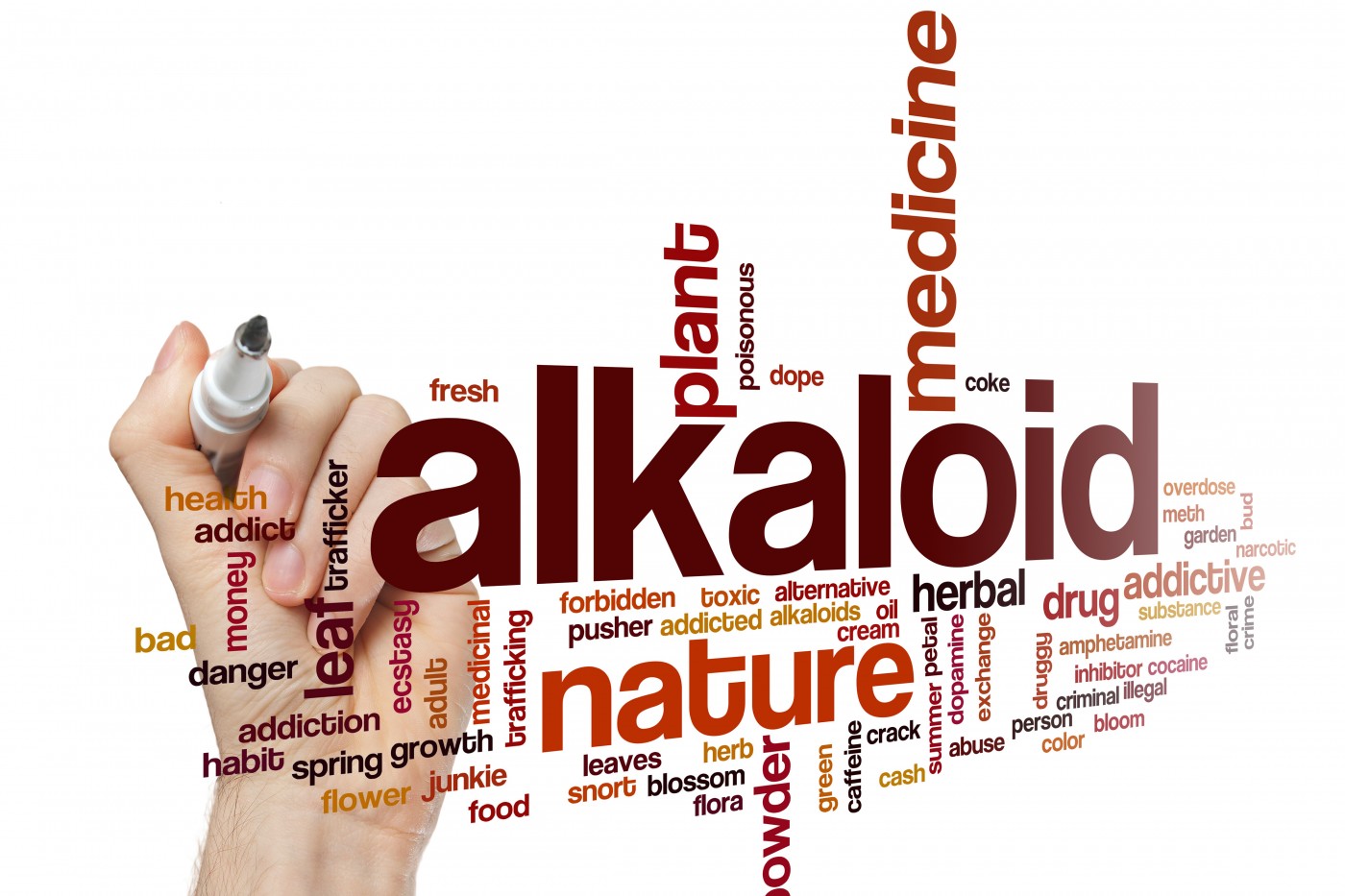Aloperine, a Chinese Herbal Medicine, Reduces Oxidative Stress, Protects Against PH in Animal Model

Treatment with aloperine, a traditional Eastern herbal medicine, reduces markers of oxidative stress and improves heart parameters in a pulmonary hypertension (PH) animal model.
The results were reported in a study titled “Protective effects of aloperine on monocrotaline-induced pulmonary hypertension in rats,” published in the journal Biomedicine & Pharmacotherapy.
Drugs for pulmonary hypertension have side effects such as headache, diarrhea and nausea, and they can also harmfully interact with other drugs. In a search for better treatments, researchers found that PH could be inhibited by preventing oxidative stress.
Aloperine is a well-known Eastern natural medicine extracted from a Chinese herb (Sophora flavescens Ait) with antioxidant properties. A research team in China decided to test aloperine in rats injected with monocrotaline (MCT) — an animal model mimicking human pulmonary hypertension (PH).
“[An] MCT-induced PH model imitates many characteristics of PH in patients, including oxidative stress, endothelial dysfunction, inflammatory infiltration and vascular remodeling,” the researchers wrote in their report.
Scientists found that PH rats given oral aloperine at three different doses (25, 50, and 100 mg per kilogram of body weight a day) did not lose so much weight and lived longer than animals not treated with the compound. The effect was comparable to Revatio (sildenafil), a recently approved medication to treat pulmonary hypertension.
“Recently, the U.S. Food and Drug Administration (FDA) approved sildenafil for the treatment of pulmonary arterial hypertension,” the team wrote. “Therefore, sildenafil has been chosen as [a] positive agent. In [the] current study, sildenafil has a protective effect on MCT-induced PH, as previously described.”
By using the noninvasive method of echocardiography, researchers measured the pulmonary artery acceleration time (PAAT) and pulmonary artery deceleration (PAD). They found that these values improved in aloperine-treated PH rats. In addition, both aloperine and the positive control, Revatio, inhibited the increase in right ventricular systolic pressure and mean pulmonary arterial pressure in PH rats.
In this animal model, researchers also found that aloperine reduced the vascular wall thickening and muscularization in small pulmonary arteries, which are also features of pulmonary hypertension in humans.
When the team looked for oxidative stress markers in lung tissues, such as protein expression of nicotinamide adenine dinucleotide phosphate (NADPH) oxidase (NOX)-2 and NOX-4, they found a reduction in treated rats.
These data suggest that aloperine appears to inhibit oxidative stress, but additional PH models will help researchers understand the action of the compound.
“[In] view of the fact that PH is a complicated disease, the MCT-induced PH model in rats may not fully mimic PH in humans,” the team wrote. “Therefore, it is necessary to use other PH models with different pathological mechanisms to assess the protective effects of aloperine on PH in further studies.”
Still, the researchers concluded that the study’s results showed that treatment with aloperine demonstrated significant improvements in “hemodynamic, pathomorphologic, electrocardiographic and echocardiographic data.” These effects may be related to aloperine’s ability to inhibit oxidative stress, they added.







